Sage and onion
- rosemary
- Mar 27, 2023
- 4 min read
"THE TRICK: Throw the Paxo out of the window." Nigel Slater

Like many British people of my age I grew up with Paxo packet stuffing, and I see that it's here in Australia too. Indeed it's probably the stuffing you get in the roast chicken you buy in the supermarket. Then I loved it, now I don't. It has an unnatural taste about it somehow, but I notice that some chefs still admit to using it. Obviously not Nigel Slater, although I have no doubt that he would have been served it in his childhood.
I can't tell you much about Paxo other than that it was invented in 1901 by one John Crampton from Eccles which is just outside Manchester, and that it is still going strong. I dread to think what the French or, maybe even more, the Italians would think of it. But then again maybe you can find it on the French hypermarket shelves too. Maybe not on an Italian one, for the Italians are the masters of sage.

I'm not sure why I thought about the topic of sage and onion. Maybe it's because I have a currently healthy sage plant in my vegetable garden and that I used it the other day for something. It's a strong herb, sage as Nigel Slater says: "Go easy on the sage – it's a bully of a herb." A little goes a long way, and it's quite different to all other herbs. I cannot think of anything that you could substitute really - maybe rosemary - another strong and independent herb. It's been used since ancient times - mostly for medicinal reasons and indeed it does have medicinal properties. Mostly they are still looking at what it might be really useful for, but in the meantime it's apparently packed with vitamins, minerals and antioxidants.

And it's pretty too. What's not to like - especially those brown butter sage sauces that the Italians love.
But they don't involve onions - sage's natural partner, and I had decided to do one of those pairings posts to see what, other than stuffing, you can do with sage and onion. Although there is nothing wrong with making your own sage and onion stuffing - it's pretty simple. A touch of lemon rind and/or juice is a good addition.
It is indeed a classic pairing and one that goes well back in history. Since we were talking about the Italians, who love their sage, let me begin with a recipe that dates back to the Renaissance, but which at the same time is incredibly modern, because it features guanciale - that ingredient all the chefs talk about that you simply cannot find easily.
Interestingly, even back then, the author - Bartolomei Scappi, suggested prosciutto as a substitute. Maybe even the Renaissance cooks had difficulty finding it. It's called Panghiotto - Renaissance crostini with guanciale and sage and appears on a website called Historical Italian Cooking. And let's pair this recipe with a variation on the theme of toast, sage and onion with Delia's Welsh rabbit (rarebit) with sage and onions. Cheese instead of bacon, although you could probably add bacon - the English kind - to the mix as well.
So here I go with my list, which I shall try and sort into loose categories. I'm not expecting you to make any of these, but it is interesting to see what a variety of things you can do with just two ingredients.
First the bready kind of things. Farinata with sage and onion from Carol Fenster on the website Special Eats. And we are still with the Italians - farinata is a sort of thick, large pancake made with chickpea flour - they call it socca in Nice, just over the border. Then Dan Lepard - the big bread man of England has Green onion and sage loaf, which for such a 'big' name seems somewhat ordinary - in appearance anyway. I would also call it rolls rather than bread. Delia's Cheese and potato bread with sage and caramelised onion on the other hand looks much more appetising. I could be tempted to rush off and make that right away. Then sort of going back to the Italians we have Sage and onion twists from Benjamina Ebuehi who is definitely English but of Nigerian heritage. Oh what a multicultural world we live in today.
Onions on their own are next - with perhaps the most spectacularly gourmet recipe of the bunch Whole grilled red onions with sage, honey and walnuts from Sarit Packer and Itamar Srulovich on the Food 52 website. Impressive looking but also possibly quite simple if a bit fiddly. Or the simpler Roasted onions with sage butter from a website called Storey. I'm also guessing that you could stuff and roast onions with an 'ordinary' sage and onion stuffing.
Then comes a group of recipes which are variations on other classic dishes: English onion soup with sage and cheddar from Jamie Oliver; Caramelised onion galette with fried sage from Sarin Nosrat; Sage and onion lasagne from Annie Bell in The Daily Mail and Smashed potatoes with onion and sage from Riverford Organic Farmers.

Last of all is this outlier Sarde in saor from Eleanora Galasso which is a Venetian dish of sweet and sour sardines - and doesn't usually involve sage I think, although this particular dish does.
Personally I generally throw in some sage - or rosemary when I'm dealing with onions in bulk in any way. In a quiche for example.
I don't think the Asians go in for sage very much. I cannot think of a single Asian recipe featuring it and a quick search online confirms this. There are a few, but I suspect inventions from possibly non Asian cooks. Ditto for Africa and the Americas I suspect. Maybe even the rest of Europe.

POSTSCRIPT
Those Lebanese kind of little pizza things. So in the end after all of my dithering about being true to Claudia Roden, I made the pastry from her later recipe, the meat filling from Ottolenghi's recipe in Jerusalem and Sami Tamimi's cauliflower filling from Falastin. It was an amalgam. They were a little bit unprepossessing looking and the pastry was a bit crisp. Biscuity even. I tried some just flat like a pizza and some with a pseudo open pie shape and I would have to say the open pie shape was a bit better. Then the family descended for a birthday celebration yesterday and the leftovers were wolfed down quite happily. Not sure I would go to all the bother again though. Honestly I think pizza is better.
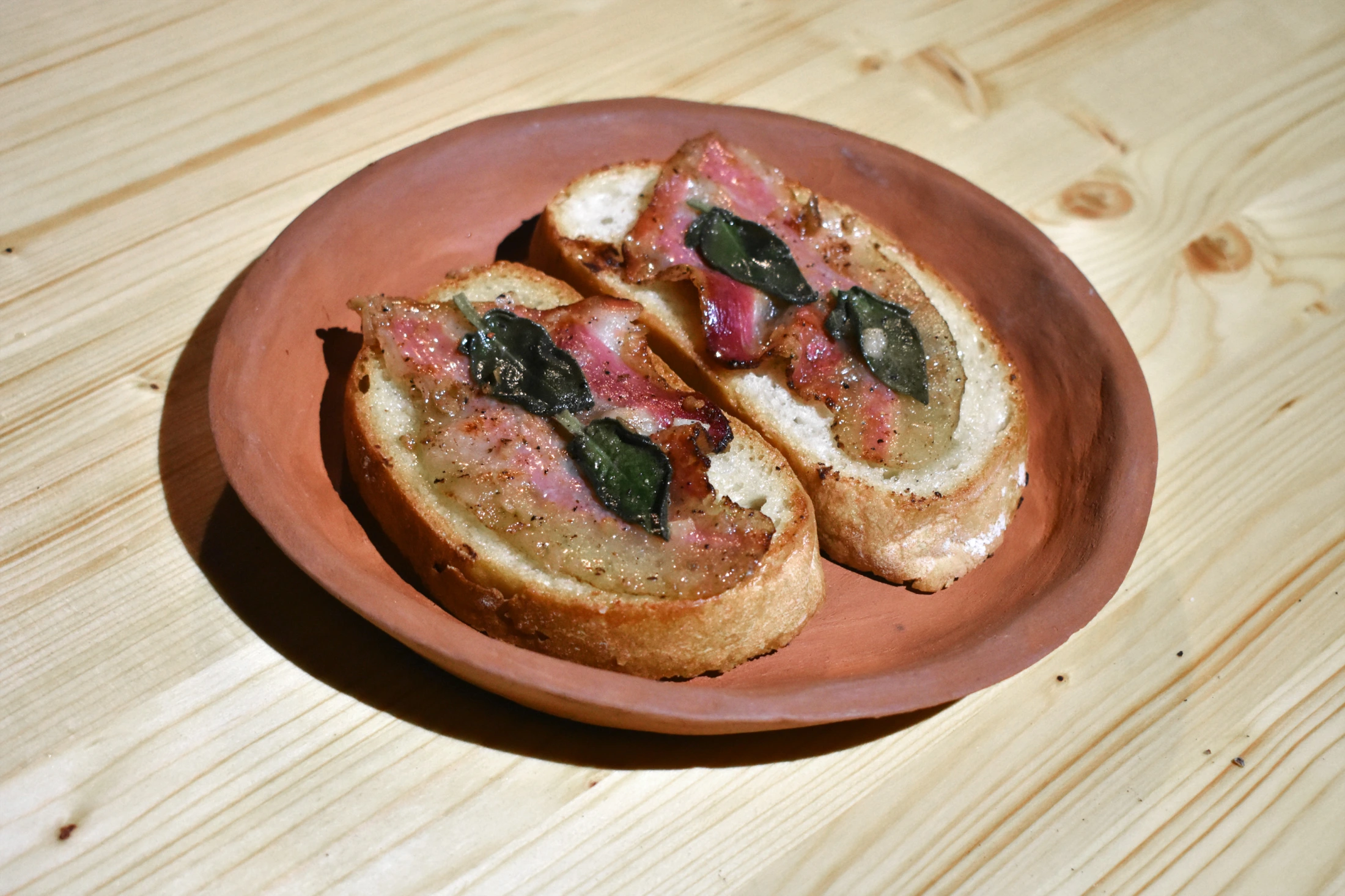
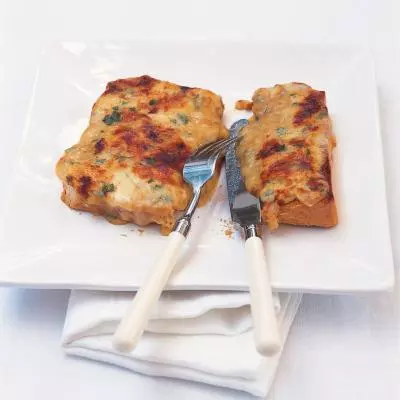



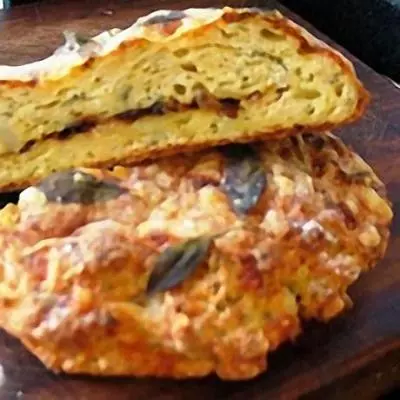

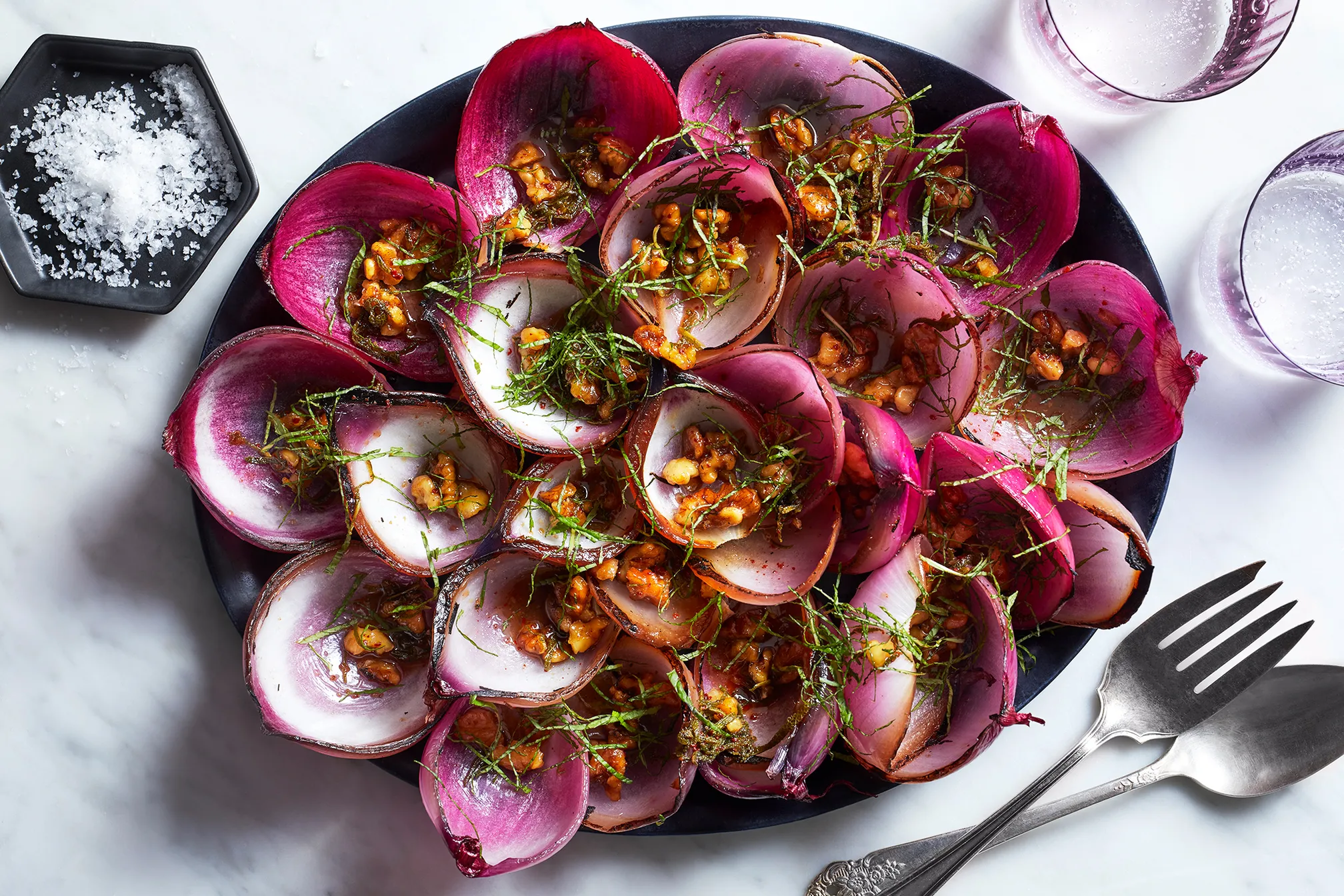


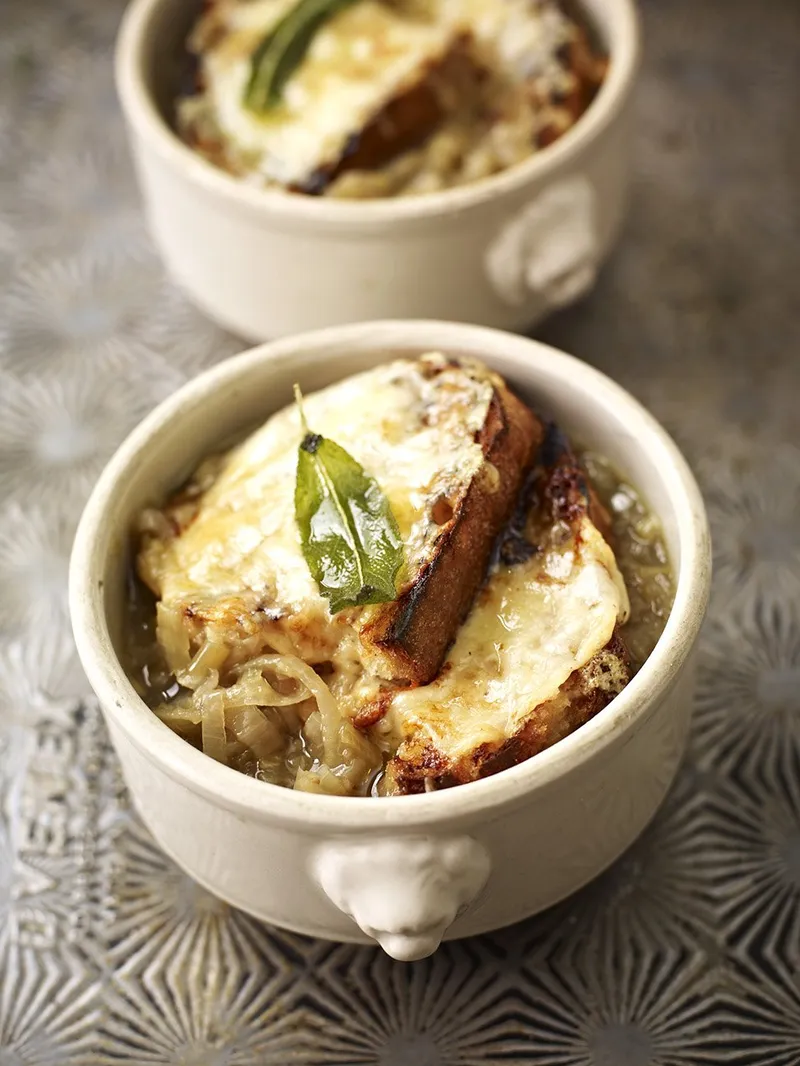
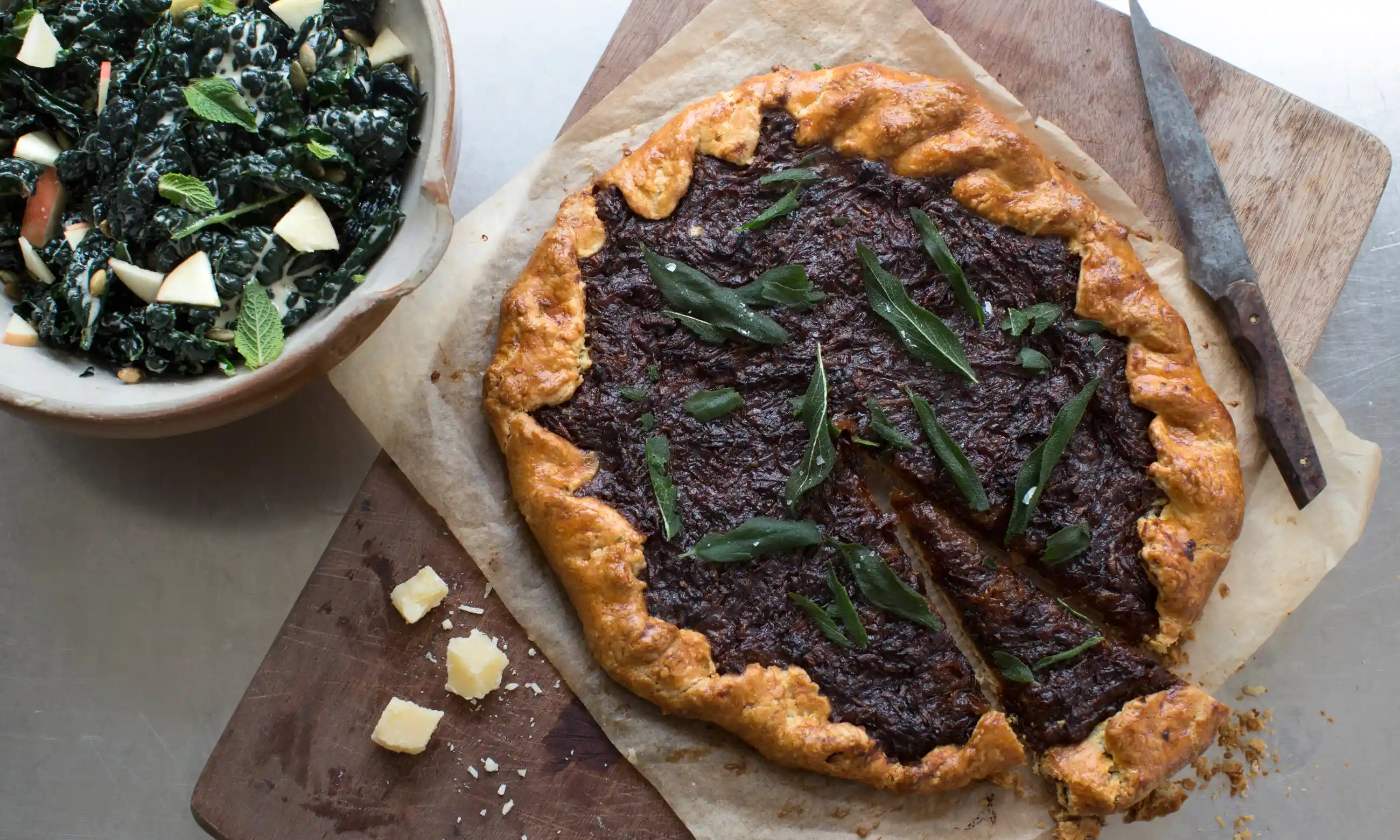







Comments